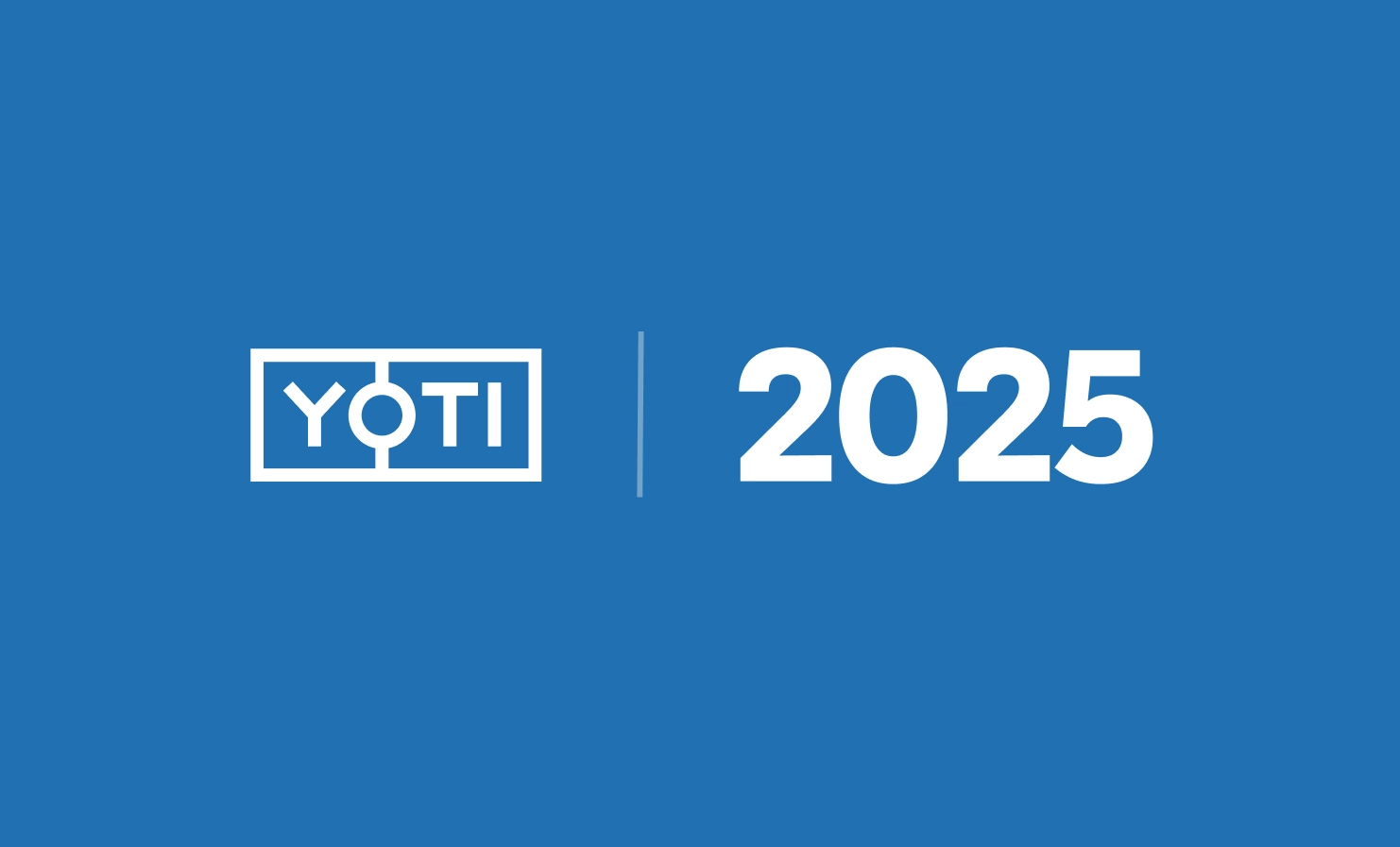
As we spend more of our lives online, protecting our personal data has never been more important. Identity verification helps businesses check their customers’ identities whilst allowing people to navigate online services with confidence.
Understanding identity verification is essential. We break down what identity verification is, why it matters and how it works. We also discuss the different methods used for verifying identity and the benefits of secure identity checks.
Why do we need identity verification?
Identity verification helps protect both individuals and businesses from things like identity theft, fraud and other malicious activities. It’s especially important in the digital world where personal and financial information is regularly exchanged.
In today’s digital economy, businesses need identity verification to confirm a person is who they say they are. This is crucial for making sure the right people access services, transactions or sensitive information. It’s essential across various sectors, especially those dealing with personal or financial data. Some common examples include:
- Banking and financial services
- Online transactions and shopping
- Government services
- Travelling
- Accessing online platforms, including social media
When we talk about identity verification, we’re actually referring to two things: identity verification and identity authentication. Though these two terms are often used interchangeably, they’re not the same.
Identity verification is the process of confirming that a person is who they claim to be. It can involve comparing their personal information against trusted sources, such as official documents, biometric data or trusted third-party databases.
Identity authentication checks that someone is authorised to access a particular service or system. For example, logging into your bank account using your username or password, or with a fingerprint or FaceID, is authentication. It confirms you have the correct credentials to access your account.
What are five key benefits of identity verification?
Identity verification offers a wide range of benefits. Here are five key reasons why identity verification is essential:
Fraud prevention
As identity theft becomes more common, fraud is a major concern, both online and in person. Criminals often impersonate legitimate customers to steal money or personal information to access services. For example, they might open fake accounts to launder money or fraudulently obtain credit cards.
Verifying identity makes sure that only legitimate individuals can access services or complete transactions. This helps businesses protect their customers by preventing malicious activities. These include account takeovers and financial scams like credit card fraud.
Regulatory compliance
Many industries such as finance and insurance have strict regulations around identity verification. This is important for preventing crimes like money laundering and ensuring sensitive information is kept safe.
For example, financial institutions in many jurisdictions must follow regulations like Know Your Customer (KYC) and Anti-Money Laundering (AML) laws. These laws demand businesses within these sectors confirm the identities of their customers or clients before establishing relationships. Failure to comply with these regulations can lead to hefty fines, penalties and reputational damage.
Building customer trust
Using robust identity verification can help businesses build more trust with their customers. Trust is especially important in sectors like banking, employment and e-commerce, where people regularly share private details and make payments.
Businesses that prioritise security are more likely to build lasting relationships with their customers. When customers trust that a business is handling their information responsibly, they’re more likely to continue using its services.
Enhanced security
Identity verification adds an extra layer of security to online transactions and interactions. Whether it’s logging into an online bank account or accessing a social media profile, verifying an individual’s identity makes sure that only authorised users can access sensitive data.
This helps reduce the risk of unauthorised access, cyber-attacks and data breaches. These can all lead to serious consequences for businesses and their customers.
Improved efficiency
Manual identity verification processes can be slow and costly for businesses. We recommend a combination of automated identity checks with human fallback where required. Automated systems are faster and more convenient, meaning customers spend less time waiting for verification. Human fallback for more complex cases guarantees the highest completion rates. Together, they create a streamlined process, allowing genuine customers to quickly pass through whilst keeping costs down.
How does identity verification work?
The process of identity verification typically involves a combination of the following steps:
- Data submission: The individual provides their personal information and identification documents, such as a passport or driving licence.
- Data extraction: Next, the system extracts relevant data from the submitted documents. This includes a name, date of birth, address or government-issued identification numbers. This is accurately done with Optical Character Recognition (OCR) technology.
- Verification process: The data is then checked for authenticity. This involves comparing the information to trusted sources, like government or financial databases. The system should also check for signs of tampering and look for security features like holograms and watermarks.
- Cross-referencing: For higher assurance checks, data may be cross-referenced with information from other databases. This helps ensure the information matches public records.
- Biometric authentication: A key part of identity verification is robust biometric authentication. This checks that the person pictured on the document is the same person submitting the document for verification. Techniques such as face matching, liveness checks and injection attack detection help to verify that the user is genuine, and is not attempting to bypass the checks.
- Approval or denial: Once the system has finished verifying the information, it either approves or denies the person’s identity. If the process fails, the individual may need to submit additional documentation or try a different verification method.
Regulations around identity verification
Identity verification is not just about best practices – it’s often a legal requirement. Many industries are required to follow specific regulations related to identity verification. These rules can vary by country and industry, so it’s important to seek legal advice to know which apply to your business.
Know Your Customer (KYC) checks
KYC regulations require businesses, particularly those in the financial services industry, to verify the identity of their customers before they engage in financial transactions. This helps prevent illegal activities like money laundering.
Anti-Money Laundering (AML)
AML compliance regulations help businesses avoid unknowingly facilitating financial crime. Financial institutions should screen customers against global watchlists, sanctions lists and databases of Politically Exposed Persons (PEPs). This allows businesses to detect customers with links to criminal or money laundering activities.
Data protection regulations
Companies undertaking identity verification should check that they’re complying with relevant data protection regulations. For example, businesses operating in the EU must operate in line with GDPR. It imposes strict rules on how personal data must be handled.
The Payment Services Directive (PSD2)
In the EU, PSD2 requires that online payment services use strong customer authentication (SCA). It requires customers to use multi-factor authentication to complete online transactions.
Under PSD2, financial institutions must verify a customer’s identity using two or more of the following methods:
- Something the user knows: (e.g. a password or PIN).
- Something the user has: (e.g. a smartphone or a bank card).
- Something the user is: (e.g. using biometrics like a fingerprint or FaceID).
Verify your customers’ identities with Yoti
No matter the size of your business, we’re here to make customer verification easier. Our customisable tools give you the flexibility to find the perfect balance between speed and fraud prevention.
Our automated system helps speed up verification for your customers. Alongside our advanced technology, our team of over 200 verification experts work round the clock to keep the process running smoothly. Our anti-spoofing technology, which includes NIST Level 2 liveness detection and our patented SICAP (Secure Image Capture) solution, detects deepfakes, generative AI and injection attacks with real-time updates.
Getting started is easy – you can set up within minutes on our no-code portal. Alternatively, you can integrate with our document scanning and verification software development kit (SDK). We also offer 70+ integrations with the biggest SAAS platforms, helping you streamline the identity verification process into your other workflows.
Our solution is also user-friendly, meeting WCAG 2.2 Level AA accessibility standards. This means that it is usable and understandable for the majority of people with or without disabilities. The meaning is conveyed and the functionality available is the same.
Protect your business and customers with identity verification
As identity verification becomes more crucial for protecting personal information and preventing fraud, a strong verification system helps you reduce risks, meet regulations and build trust with your customers.
If you’d like to know more about effective identity verification, please get in touch.



